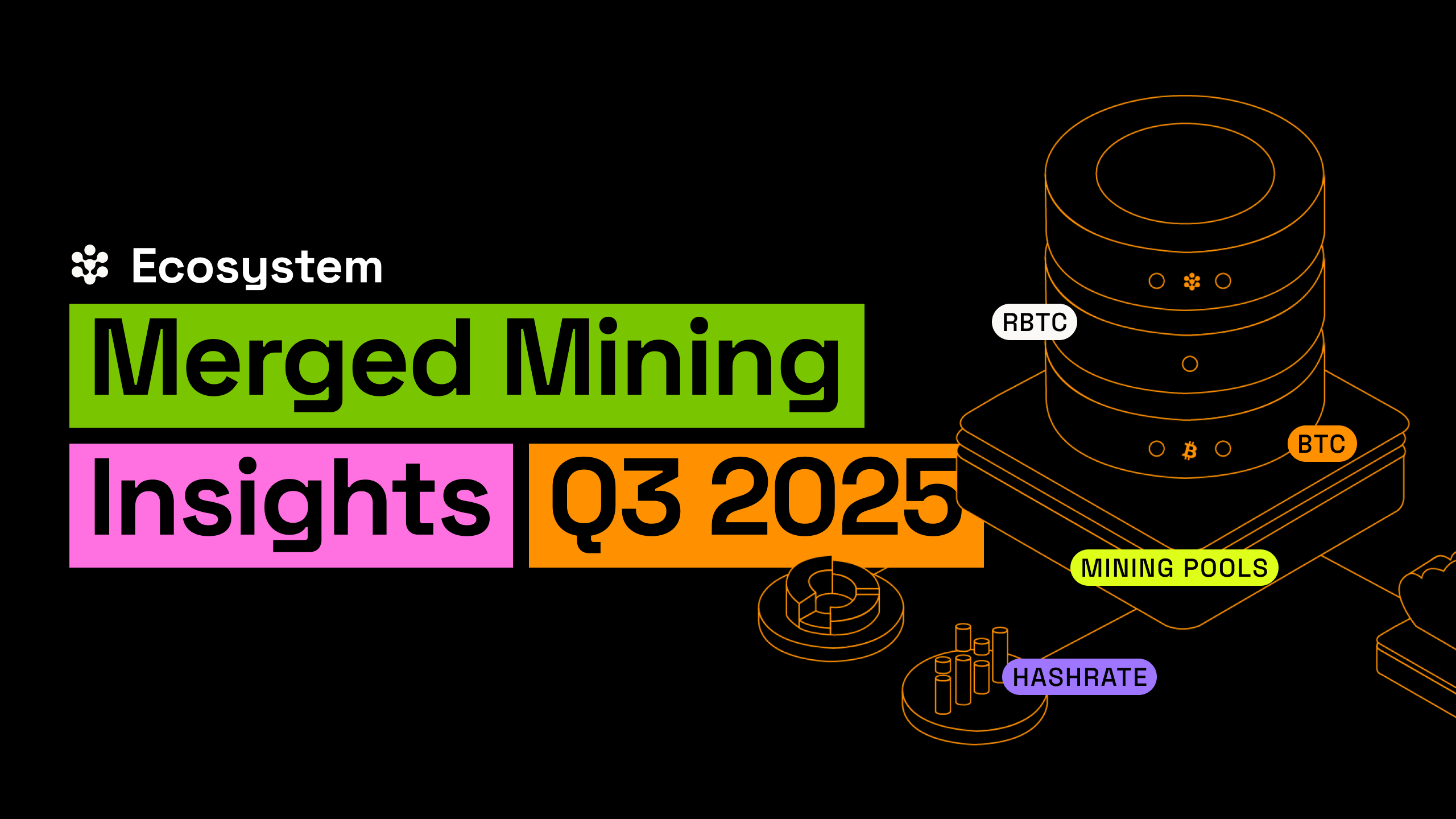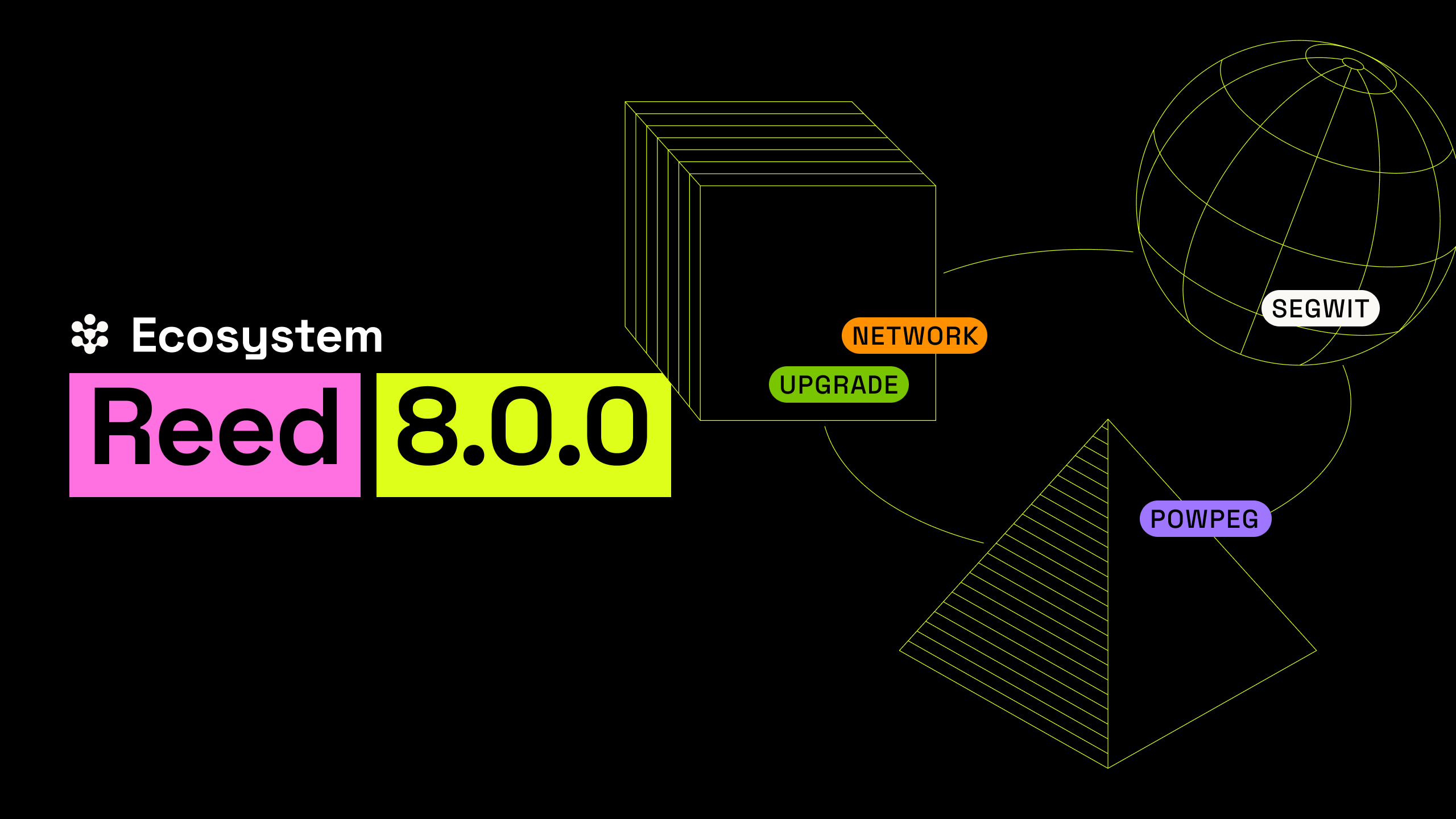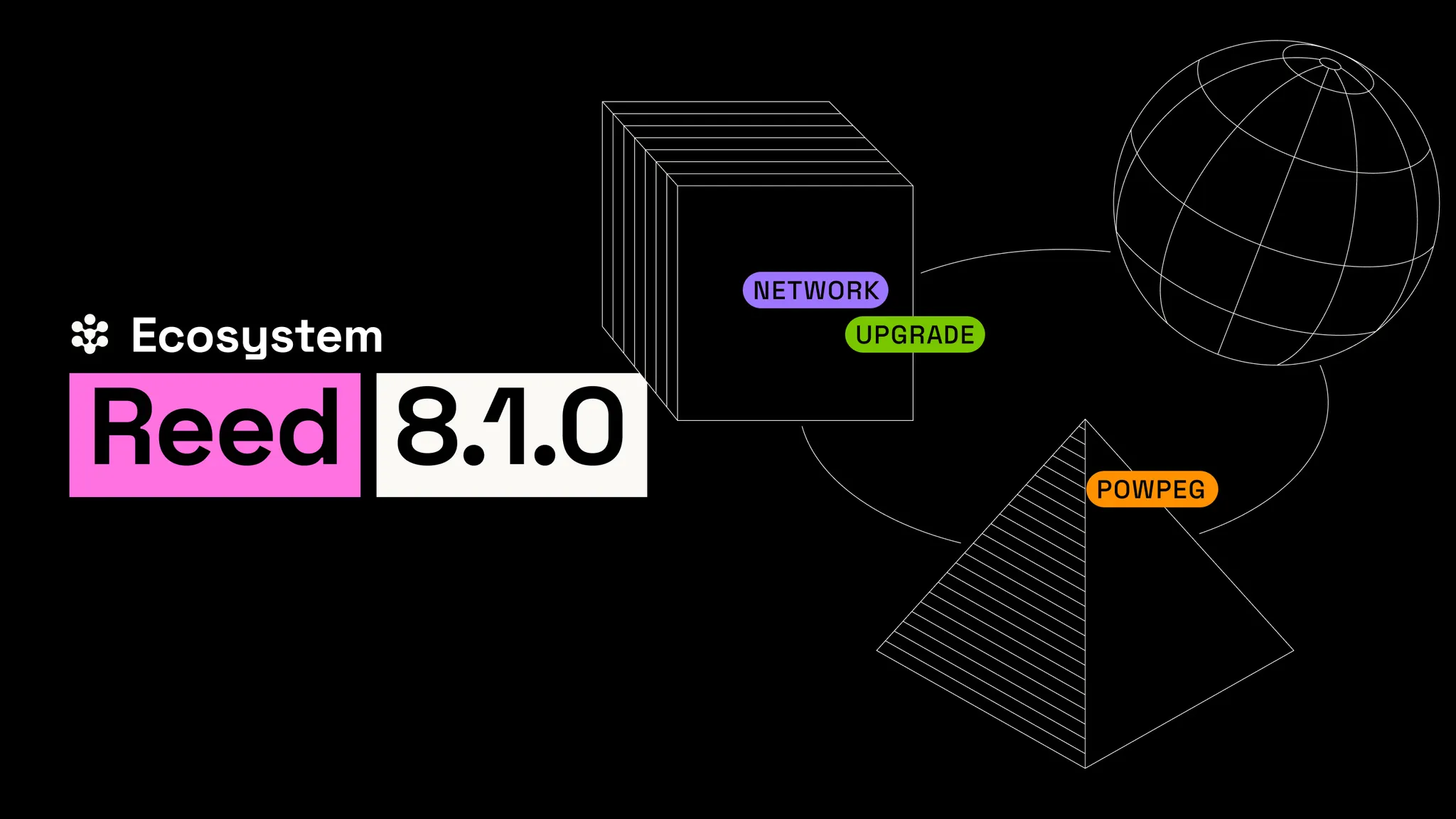Summary: The Rootstock network will undergo a PowPeg change on block 7,781,198.
Based on its current state, this is expected to occur on July 15th 2025. Since the Bitcoin deposit address will change, it is strongly recommended that users verify the address before initiating any conversions from BTC to RBTC on the network. No further action is required from users.
As part of the plan to upgrade PowPeg members to the latest version of the powHSM firmware, the platform signatories have completed an on-chain voting process to modify the composition of the current PowPeg (the 2-way peg protocol used by Rootstock).
The PowPeg composition will remain unchanged, with no new members added or existing members removed. To enhance network security, three pegnatories, Blockventure, Collider, and MyCointainer, have upgraded their Hardware Security Module (HSM) setups to the latest public version of the powHSM firmware. This upgrade brings improved security, enhanced performance, and better utilization of the device screens.
This upgrade required installing the new firmware on the upgraded HSM devices, resulting in the generation of new private/public key pairs for these three pegnatories. As a consequence, a PowPeg composition change process was required. Once the change takes effect, the new attestation information will be publicly available, allowing anyone to verify that the pegnatories’ PowPeg keys are securely stored on authentic hardware devices running a known firmware version.
Due to the consensus-enforced delay built into the Rootstock protocol, the new redeem script will become effective at block 7,781,198. Based on the current state of the network, this is expected to occur on July 15th 2025.
Rootstock users and node operators are encouraged to follow and verify the migration process, which is automatic and commanded by the Bridge smart contract. Still, they are not required to take any additional actions.
It is important to note that the Rootstock PowPeg Bitcoin address, used to convert BTC to RBTC, will change once the new PowPeg is activated. To prevent the possibility of losing funds, it is recommended that all users who manually perform peg-ins, or use their own tools and libraries to check the deposit address before sending funds, as outlined in this guide.
The PowPeg Web App will automatically adjust its operation to use the appropriate Bitcoin deposit address for BTC to RBTC transactions.


